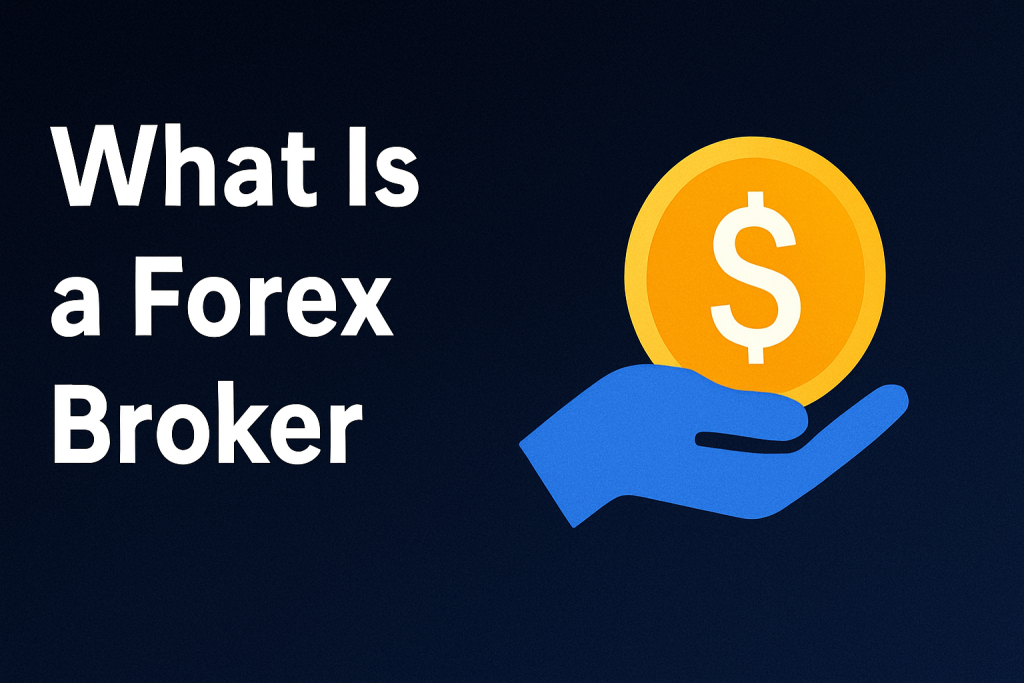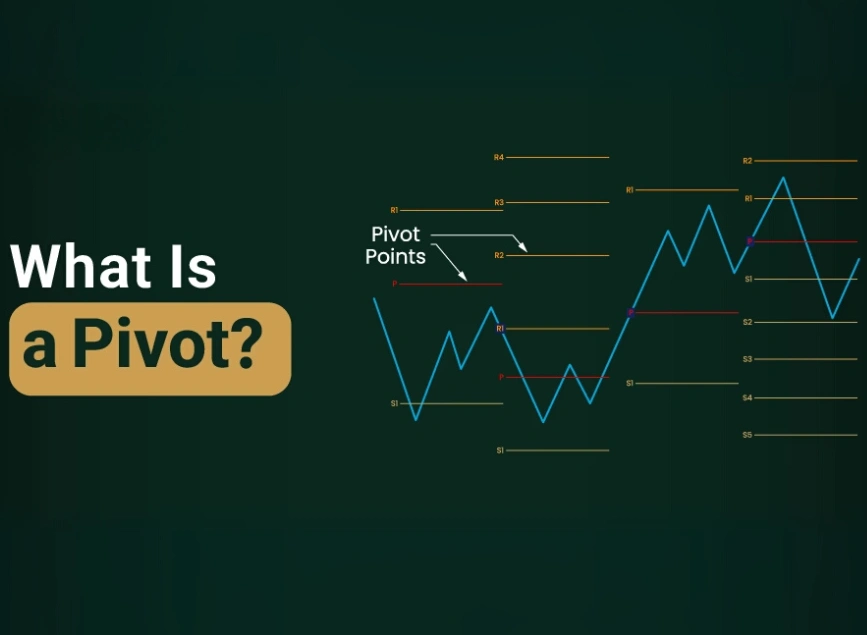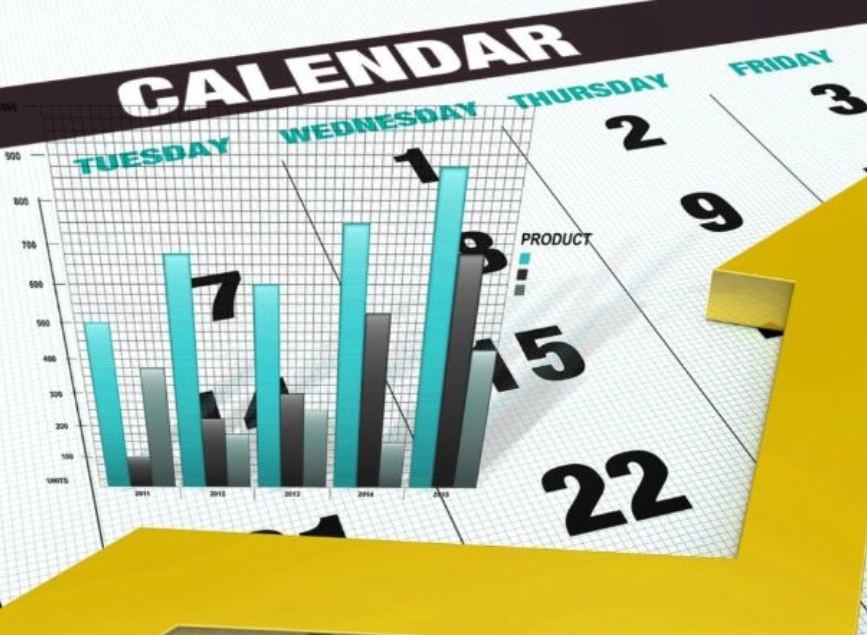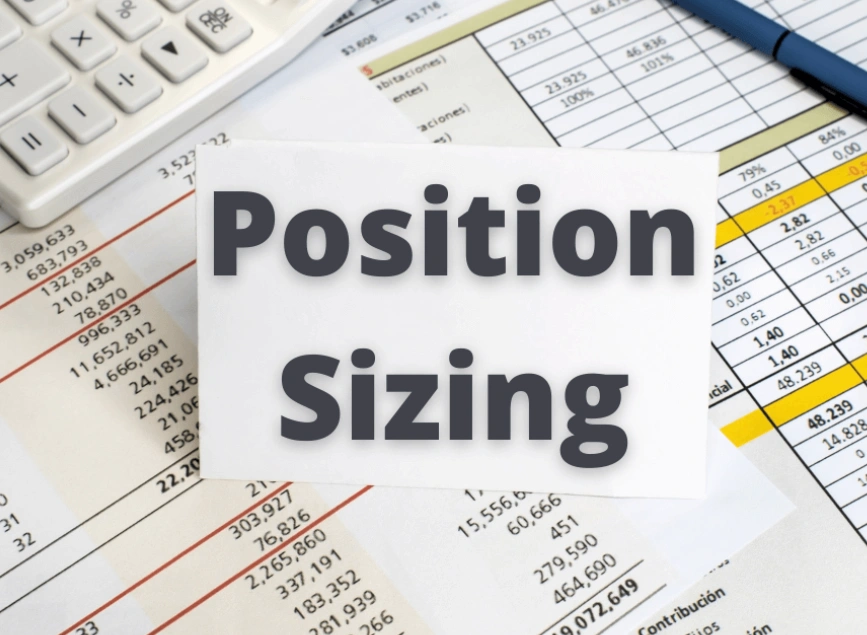
Leverage in Financial Markets: A Complete Guide
Estimated reading time: 3 minutes
Table of contents
Leverage is one of the most powerful tools in financial markets, allowing traders to control larger trade volumes with a smaller capital investment. While it can magnify profits, it also increases risk. Understanding leverage is essential for traders in forex, stocks, and crypto markets. In this guide, we will break down how leverage works, its impact on trader psychology, and key risk management strategies.
What Is Leverage?
Leverage is essentially a loan provided by a broker or financial institution that increases purchasing power in trading. It is expressed as a ratio, such as 1:100, meaning that with $100, a trader can open a $10,000 position. This allows traders to capitalize on small price movements and potentially amplify profits.
How Leverage Works in Financial Markets
Leverage ratios vary across asset classes:
- 1:2 – Common in stock trading (low leverage)
- 1:10 – Used in commodities and ETFs
- 1:50 to 1:500 – Standard in forex and crypto trading
When using leverage, traders commit a portion of their funds as margin. Profits and losses are calculated on the total trade size, not just the margin, making leverage a double-edged sword.
The Psychological Impact of Leverage
Leverage amplifies emotions. High leverage can lead to overconfidence, causing traders to take excessive risks. Conversely, losses can trigger fear and lead to premature exits. Emotional control and risk management are crucial for long-term success in leveraged trading.
Read More: Understanding Take Profit: A Key Tool for Traders
Advantages of Leverage
Increased Purchasing Power – Enables traders to take larger positions.
Higher Profit Potential – Profits are multiplied with leverage.
Access to More Markets – Traders can participate in markets with limited capital.
Risks and Disadvantages of Leverage
Higher Loss Potential – Losses are magnified just as profits are.
Margin Calls – If losses exceed margin, brokers may close positions automatically.
Additional Costs – Interest and fees may apply depending on the broker.
Read More: Understanding Trendlines: A Comprehensive Guide for Traders
How to Calculate Margin and Its Role in Trading
Margin is the capital required to open a leveraged position. For instance, a $10,000 trade with 1:100 leverage requires a $100 margin. If the market moves unfavorably and the account balance drops below a set threshold, the broker may close the position to prevent further losses. Monitoring margin levels is crucial for risk management.
Best Leverage Levels for Different Trading Styles
- Scalping: High leverage (1:100 or more) for short-term trades.
- Day Trading: Moderate leverage (1:10 to 1:50) for balanced risk.
- Swing Trading: Lower leverage (1:5 to 1:20) for longer holding periods.
- Position Trading: Minimal leverage (1:2 to 1:5) to reduce short-term volatility risks.
Leverage Differences Across Markets
Forex: High leverage (up to 1:500), high liquidity but risky.
Stock Market: Low leverage (1:2 to 1:5), stricter regulations.
Crypto Trading: Leverage varies (up to 1:125), highly volatile.
Conclusion
Leverage is a double-edged sword in financial markets. It can significantly enhance profitability when used correctly, but it also carries substantial risks. Traders must understand its mechanics and implement risk management strategies to maintain sustainable trading success.
Share
Hot topics

What Is a Forex Broker and What Do They Do?
If you’ve ever browsed through financial websites or listened to others discuss currency trading, you’ve probably encountered the term forex broker, which may sound a bit technical, but the truth...
Read more




Submit comment
Your email address will not be published. Required fields are marked *